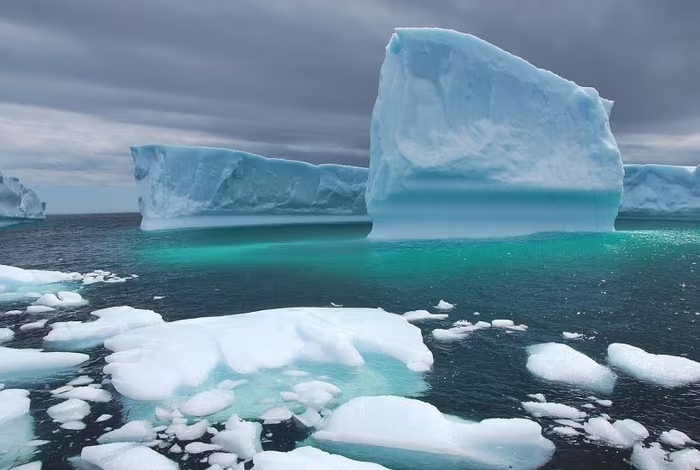Russia and China accelerate maritime cooperation on Arctic sea routes
Posted on: 18/11/2025

The Arctic Silk Road. (Source: commons.wikimedia.org by Gérald Tapp)
In the context of Russia and China strengthening strategic cooperation in maritime transport, the central goal is gradually gaining control over the Northern Sea Route—a trade route expected to play a key role in the future global logistics chain.
STRENGTHENING POSITION ON THE WORLD’S FUTURE SHIPPING ROUTES
During Russian Prime Minister Mikhail Mishustin’s recent visit to Hangzhou, the two sides signed a memorandum of understanding for Russia to train Chinese sailors to operate ships in the Arctic region.
According to the agreement, Russia’s leading maritime training institutions, such as the Admiral Nevelskoy Maritime State University and Admiral Makarov Maritime & River University, will directly handle the training. The program emphasizes practical training in ice conditions and aboard specialized vessels operating in the High North.
Chinese sailors will be comprehensively equipped with navigation skills in extreme environments, handling situations while moving through thick ice, and meeting the strict safety standards of the International Maritime Organization (IMO).
The Northern Sea Route is the shortest maritime path connecting Asia and Europe, significantly reducing shipping time compared to the Suez Canal route. As climate change opens opportunities for more frequent navigation, countries and major shipping corporations are increasingly seeking influence in this region.
Russia—with its maritime capability and control over most of the route—is accelerating the modernization of port infrastructure and icebreaker fleets, aiming to make the Arctic a pillar of national security and economic development.
This agreement not only strengthens Russia’s role in the Arctic but also opens the door for China to advance its logistics infrastructure strategy in a multipolar direction.
DRIVING FORCE FROM THE “ARCTIC SILK ROAD” STRATEGY
For China, acquiring expertise and technology for ship operations in extreme cold is seen as a crucial component of the “Arctic Silk Road,” an extension of the Belt and Road Initiative.
Deepening involvement in Arctic transport and logistics will help China diversify trade corridors, reduce dependence on traditional shipping routes, and expand its presence in resource-rich strategic areas.
Analysts note that workforce training is only the initial step in broader Russia-China cooperation in the Arctic. When professional standards are harmonized and qualifications mutually recognized, Chinese shipping operations along this route will proceed more smoothly, laying the groundwork for deeper engagement of both countries’ enterprises in port, energy, and resource projects in the region.
Amid intensifying geopolitical competition in the Arctic, the Moscow-Beijing partnership is considered strategically significant in the long term. This is not merely a training agreement but a step demonstrating that the two nations are jointly shaping their position on a maritime route regarded as the “shipping lane of the future.”
Investing in a high-quality maritime workforce provides the foundation for both Russia and China to expand influence within the rapidly evolving global transport network.
With Russia’s geographic advantage and China’s commercial capabilities, the partnership between these two leading economies in Asia and Europe is expected to have a far-reaching impact on the global shipping map. As the Northern Sea Route gradually becomes a strategic choice for international trade, Russia-China cooperation in maritime workforce training is likely just the starting point for a series of large-scale investment, logistics, and energy projects in the Arctic—a region rich in economic potential and undergoing rapid transformation.